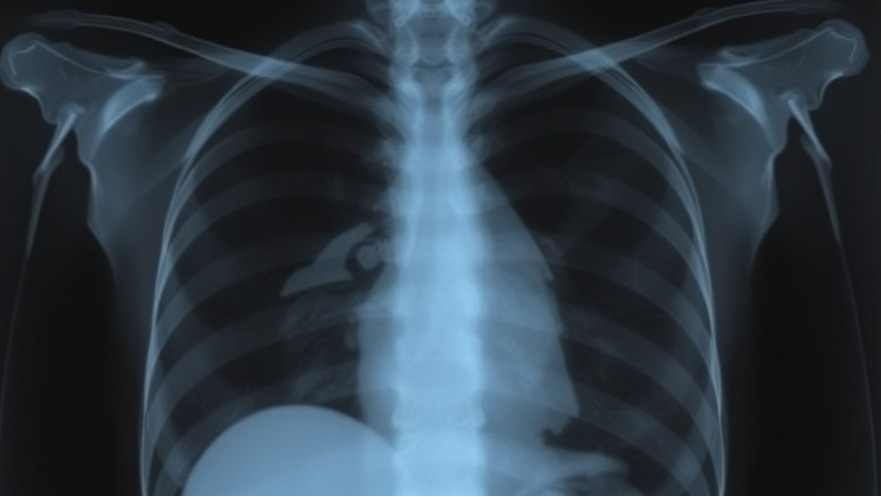
Understanding Spontaneous Pneumothorax: What You Need to Know
Spontaneous pneumothorax (SP) may sound daunting, but understanding it can significantly enhance your ability to care for your patients as a concierge medical practice owner. This condition results when air leaks into the space between the lungs and the chest wall, causing the lung to collapse. While it can happen without warning or an apparent cause, SP is particularly common among tall, young males and can often present with sudden chest pain and difficulty breathing.
What Triggers a Spontaneous Pneumothorax?
Several factors can contribute to SP, which can be classified into two main types: primary and secondary. Primary spontaneous pneumothorax occurs without any underlying lung disease. It often arises due to the rupture of small blebs on the lung surface. In contrast, secondary SP happens in individuals with existing lung conditions, such as chronic obstructive pulmonary disease (COPD) or cystic fibrosis, where underlying lung damage makes them more susceptible to the condition.
Symptoms and Diagnosis: A Quick Checklist for Your Practice
Recognizing the symptoms of SP is critical for prompt treatment. Typical symptoms include:
Sudden sharp pain in one side of the chest
Shortness of breath
A rapid increase in breathing rate
As a concierge practitioner, establishing a standard procedure for patient assessments can enhance early detection and management of SP. Consider utilizing a simple checklist or flowchart in your practice to streamline the diagnosis process.
Monitoring and Management: Balancing Care with Awareness
Management strategies for SP vary based on the severity of the collapse. Small pneumothoraces may require monitoring and rest, while larger ones often necessitate medical intervention, such as needle aspiration or chest tube insertion. By keeping patients informed about their treatment options and what to expect, you enhance their treatment experience and adherence to care plans.
The Importance of Care Coordination
In a concierge medical practice, you can distinguish yourself by providing personalized attention and coordinating patient care. Educating patients about the signs of SP and encouraging timely reporting of symptoms fosters a proactive health mindset among your clientele. Building this awareness can not only enhance patient outcomes but can also secure your reputation as a leading concierge medical practice.
Enhancing Patient Engagement Through Education
Patients often feel overwhelmed by medical terminology. By explaining spontaneous pneumothorax in layman’s terms and providing educational materials, you create an empathetic environment that resonates with your patients. Offering workshops or discussions about chest health can enhance community engagement, positioning your practice as a leader in patient education and wellness.
Conclusion: Empowering Patients and Practices
Understanding spontaneous pneumothorax is essential for concierge medical practice owners aimed at providing top-tier service. By staying informed about this condition and its management, you can empower your patients while ensuring your practice is at the forefront of patient-centered care. Engage with your patients about their health, foster a supportive conversation, and grow your practice through knowledge and compassion.
Interested in elevating your patient relationships and practice management? Implement strategies that enhance health communication and patient education, and watch your practice thrive.
 Add Row
Add Row  Add
Add 




Write A Comment